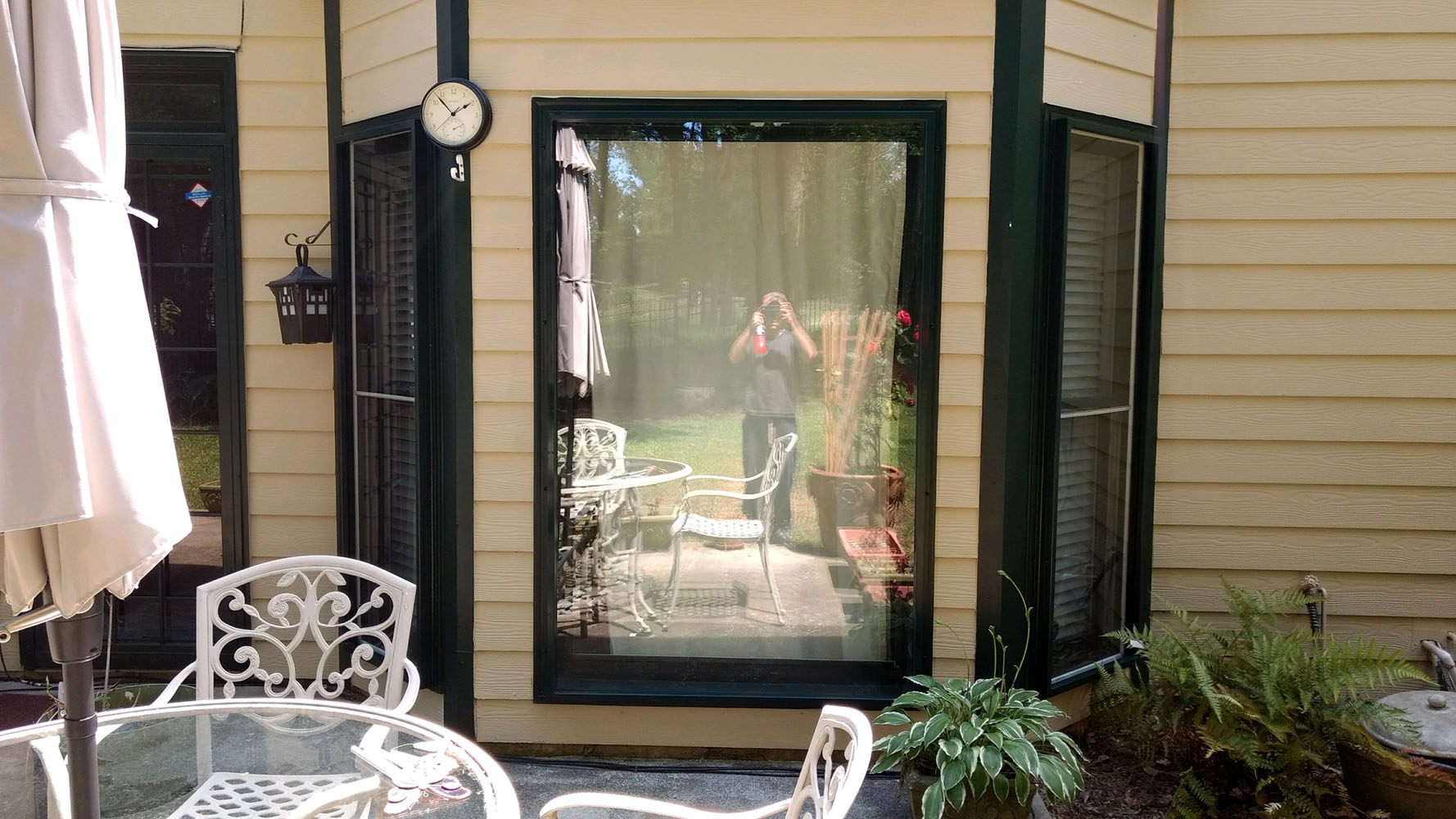
These are frequently used with casement windows. Spindle sizes vary, so ensure that you’ve measured it before purchasing a replacement. Espag handles – These feature a spindle at the back of the handle, which slots into the gearbox.Cockspur handles – One of the most popular types of handle, this features an easy latch-and-catch system.Some of the most popular secondary glazing handles include:
#CLEARVIEW WINDOWS SPARE PARTS WINDOWS#
They vary depending on the type of window you have – some windows won’t have a handle at all, but most will have a handle with a lock incorporated in. That’s why handles and locks are so important. When the summer comes, you need to open your windows wide – and be sure you have a high level of security when they’re closed.

Secondary glazing fittings and accessoriesįrom sealants to tracking, there are many other important secondary glazing parts to be aware of… Locks and handles For thermal insulation, you’ll need a gap between 50-80mm. If keeping out noisy neighbours is a priority, then we strongly recommend achieving a gap between 100-200mm. This is especially the case when it comes to sound insulation. The gap creates a barrier, preventing cold outside air from slipping into your home. Between the two panes of glass lies an air gap, and the wider this gap, the greater its insulating properties. Whilst this might not be a physical secondary glazing part, it is possibly the most important factor of all. There are incredible benefits that come with this second panel (and the gap in between the panels, below), from saving on your energy bills to preventing condensation. There are also laminated glass, obscure glass, and satin glass options to meet your privacy and security needs. Or if you’re more concerned about sound insulation, the Stadip Silence 6.4mm clear acoustic should do the job. Our standard offering is the 4mm toughened glass, which provides a 50%+ improvement in thermal insulation for your rooms.Īlternative options include Low E toughened glass, which features a thermal performance coating. What’s more, you can also tailor the type of glass to suit your needs. This panel can be designed to suit a variety of window styles, including horizontal and vertical sliders, hinged casements, and even bespoke windows. Secondary glazing involves adding a second slim panel of glass to your existing window.

This is what makes secondary glazing perfect for listed properties or for windows that you’ve always loved and have no intention of removing. So, you’ll have one of the most important secondary glazing parts already with you – the primary panel, also known as the existing window. Secondary glazing is unique because it doesn’t require the removal of your original window. So, if you can’t tell your edging from your brush gasket, don’t worry! Read on to discover everything you need to know… Secondary glazing parts – the basicsįirst, you’ll need to understand the three core components that make up a secondary glazing unit. That’s why we’ve prepared this handy beginner’s guide to help you get to grips with the ins and outs of secondary glazing parts. In secondary glazing No Comments 546 Thinking of warming your home with secondary glazing? Great idea! But admittedly, the myriad of different types and styles can easily become confusing.


 0 kommentar(er)
0 kommentar(er)
